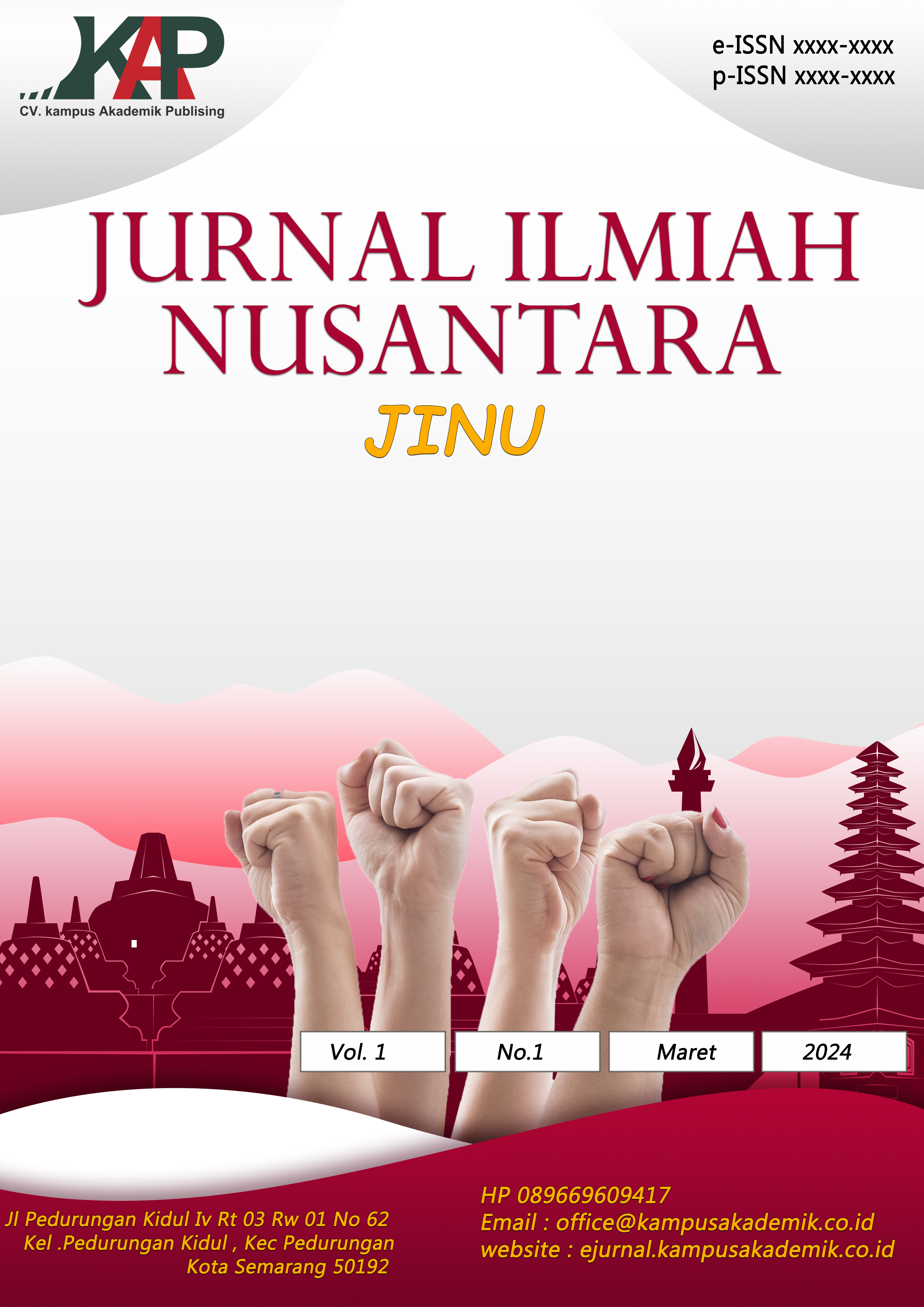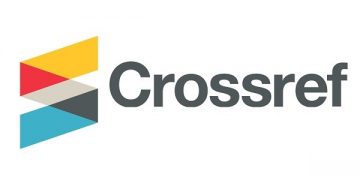ANALISIS PERAN PENGGUNAAN MULTIMEDIA PADA PROSES PEMBELAJARAN PAI DI SEKOLAH MENENGAH PERTAMA
DOI:
https://doi.org/10.61722/jinu.v2i4.5190Keywords:
Islamic Religious Education; Learning; MultimediaAbstract
This study examines the role of multimedia in the teaching process of Islamic Religious Education (PAI) at the junior secondary school level. A qualitative descriptive approach was employed using a case study method. Data were collected through observation, interviews, and documentation. The findings reveal that multimedia serves as an interactive learning tool that enhances students’ cognitive understanding and supports the development of spiritual character. The types of multimedia used include animated videos, digital presentations, and online platforms such as YouTube and Google Meet. These tools encourage active learning, increase student engagement, and contribute positively to both comprehension of religious material and the formation of spiritual attitudes. In conclusion, multimedia not only improves knowledge acquisition but also fosters essential spiritual values in Islamic education.
References
Hidayati, S.N. (2016). Pengaruh Pendekatan Keras dan Lunak Pemimpin Organisasi terhadap Kepuasan Kerja dan Potensi Mogok Kerja Karyawan. Jurnal Maksipreneur: Manajemen, Koperasi, dan Entrepreneurship, 5(2), 57-66. http://dx.doi.org/10.30588/SOSHUMDIK.v5i2.164.
Risdwiyanto, A. & Kurniyati, Y. (2015). Strategi Pemasaran Perguruan Tinggi Swasta di Kabupaten Sleman Yogyakarta Berbasis Rangsangan Pemasaran. Jurnal Maksipreneur: Manajemen, Koperasi, dan Entrepreneurship, 5(1), 1-23. http://dx.doi.org/10.30588/SOSHUMDIK.v5i1.142.
Bator, R. J., Bryan, A. D., & Schultz, P. W. (2011). Who Gives a Hoot?: Intercept Surveys of Litterers and Disposers. Environment and Behavior, 43(3), 295–315. https://doi.org/10.1177/0013916509356884.
Artikel Prosiding
Norsyaheera, A.W., Lailatul, F.A.H., Shahid, S.A.M., & Maon, S.N. (2016). The Relationship Between Marketing Mix and Customer Loyalty in Hijab Industry: The Mediating Effect of Customer Satisfaction. In Procedia Economics and Finance (Vol. 37, pp. 366–371). Elsevier B.V. https://doi.org/10.1016/S2212-5671(16)30138-1.
Working Paper
Armand, F. (2003). Social Marketing Models for Product-Based Reproductive Health Programs: A Comparative Analysis. Occasional Paper Series. Washington, DC. Retrieved from www.cmsproject.com.
Disertasi/Tesis/Paper Kerja
Belair, A. R. (2003). Shopping for Your Self: When Marketing becomes a Social Problem. Dissertation. Concordia University, Montreal, Quebec, Canada.
Lindawati (2015). Analisis Faktor yang Mempengaruhi Perilaku Ekonomi dan Kesejahteraan Rumah Tangga Petani Usahatani Terpadu Padi-Sapi di Provinsi Jawa Barat. Institut Pertanian Bogor. Retrieved from http://repository.ipb.ac.id/ handle/123456789/85350.
Buku Teks
Kotler, P., & Lee, N. R. (2009). Up and Out of Poverty: The Social Marketing Solution. New Jersey: Pearson Education, Inc.
Laporan Instansi/Lembaga/Organisasi/Perusahaan
LPPSP. (2016). Statistik Indonesia 2016. Badan Pusat Statistik, 676. Jakarta. Diakses dari https://www.LPPSP.go.id/index.php/publikasi/326.
Artikel Surat Kabar/Majalah
Risdwiyanto, A. (2016). Tas Kresek Berbayar, Ubah Perilaku Belanja? Kedaulatan Rakyat, 22 Februari, 12.
Sumber dari internet dengan nama penulis
Chain, P. (1997). Same or Different?: A Comparison of the Beliefs Australian and Chinese University Students Hold about Learning’s Proceedings of AARE Conference. Swinburne University. Available at: http://www. swin.edu.au/aare/ 97pap/CHAN97058.html, diakses tanggal 27 Mei 2000.
Sumber dari internet tanpa nama penulis (tuliskan nama organisasi/perusahaan)
StatSoft, Inc. (1997). Electronic Statistic Textbook. Tulsa OK., StatSoft Online. Available at: http://www.statsoft.com/textbook/stathome.html, diakses tanggal 27 Mei 2000.
Downloads
Published
Issue
Section
License
Copyright (c) 2025 JURNAL ILMIAH NUSANTARA

This work is licensed under a Creative Commons Attribution-ShareAlike 4.0 International License.













